When it comes to exploring ruined buildings, a fairytale castle with a secret chamber is always going to be a big draw.
It had been decades since I’d been inside Tolquhon Castle, and with it being 440 years since a major building programme on the noble residence began, I decided a visit was long overdue.
The sun was shining as I parked up, not outside Tolquhon Castle, but in the big car park at Pitmedden Gardens.
My plan was to stroll through the lovely woodlands here, cross the road at the main entrance, and join the well-signposted Fisher Walk.
A grassy path took me uphill, and after about 15 minutes I came to a gate and a rough track through a field leading to Tolquhon Castle.
Beware of bulls!
A yellow sign advises of loose livestock on an unfenced path, and warns walkers there may be a bull, cows and calves at large.
“Do not get between a cow and its calf,” it states, adding that if the cattle act “aggressively and move towards you” that you should keep calm, let your dog go, and make a sharp exit.
I happened to have my mum’s dog, Cody, in tow – devastatingly, my own lovely Labrador Toby passed away in early May.
With no sign of any cows, Cody and I made our way quietly up the field, until the castle came into view.
It’s worth noting that you don’t have to go this way – you can carry on up the hill, turning right onto a single track road, and then onto an old drove road which eventually arrives at the castle.
For anyone wondering how on earth to pronounce the name Tolquhon, well, I say “tol-hoon”, but I could be wrong, so, readers, feel free to put me right!
Tolquhon dates to 13th Century
Managed by Historic Environment Castle, the oldest part of the castle is a 15th Century tower house.
This is Preston’s Tower, built by Sir John Forbes and his wife, Marjorie Preston, in 1420.
The seventh laird of the Forbes family, William Forbes, built the current castle between 1584 and 1589, with his works including pimping up the accommodation, renovating Preston’s Tower, and improving the gardens.
Designed for show rather than defence, the castle has been described as “the most characteristic château of the Scots Renaissance”.
You enter via an impressive twin-towered gatehouse and if you look up, you can spot a series of lavish carved human figures, two of which are thought to be Sir William and his wife Lady Elizabeth.
Also keep an eye out for the initials, TL, of architect and master mason Thomas Leiper on the exterior of the main house in the castle ruins.
Plus there’s a stone plaque at the entrance which states: “All this warke excep the auld tour was begvn be William Forbes 15 April 1584 and endit be him 20 October 1589.”
Designed around vast courtyard
Once inside the castle walls, a vast courtyard opens up, surrounded by buildings including the aforementioned tower, a great hall, bed chambers, a round tower for guests, and a cellar.
The great hall was one of the most luxurious rooms in the castle, and was where Forbes wined and dined guests in the comfort of blazing fires and elaborate tapestries.
There are some fascinating features to look out for, including the hexagonal flagstone flooring, a rare 16th Century survivor, and a well that is six metres deep,
There’s also Sir William’s main private residence, with kitchen and huge arched fireplace, and eastern and western ranges for a bakehouse, brewhouse, library, and gallery.
A trap-door in the floor of bed chamber thought to have been used by the laird’s steward leads to the “pit”, or castle prison.
There are stone staircases galore to navigate – not the best for a 12-year old Lab. I left Cody at the bottom (I think dogs are banned from upper floors anyway), and like a good boy, he stayed put.
The views afforded from the battlements – of the vast gardens and distant woods and farmland – are spectacular.
Tolquhon’s secret chamber
But what of the secret chamber? This hidden compartment, also known as the “laird’s lug”, was apparently built above Sir William’s bedchamber.
It was a place where he could stash his valuables, pray, and “lug” into private conversations – essentially, eavesdropping!
I did explore the laird’s private bedchamber but alas, I didn’t spot the secret room. It’s said to have been entered through a trapdoor in the floor, so perhaps if I’d looked down…
It’s a joy to wander through the gardens and parkland surrounding Tolquhon Castle, and I sat for a while on a wooden bench, simply gazing in awe at the once-opulent but still hugely impressive roofless ruin.
A walk round the forecourt wall reveals 12 bee “boles” – recesses which once housed bee-hives.
It’s a wonderful place to while away an afternoon and I highly recommend visiting this gorgeous hidden gem.
Royal guest
Despite being a ruin, it’s mind-blowingly majestic, and it’s no surprise to learn that Sir William entertained King James VI there in 1589, shortly after finishing his lavish renovations.
Later that year Sir William turned his attentions to designing a suitably elegant tomb, the so-called Tarves Tomb.
Located in Tarves kirkyard, it features stunning stone effigies of Sir William and Lady Elizabeth.
The Forbes family fell into debt and they were forced to sell Tolquhon Castle in the early 18th Century.
However, the 11th laird, another William Forbes, refused to leave his ancestral seat and was evicted by troops in 1718.
Soon after, the Earl of Aberdeen bought the castle and lands to use as his farmhouse, and the castle began its descent into ruin.
Drawings from the 1840s show the castle to be in a state of disrepair.
It was taken into state care in 1929, and today Historic Environment Scotland are custodians of the castle, which is a scheduled monument.
- Entry to Tolquhon Castle is via the visitor centre which has toilets and a small shop.
- It’s open Thursday to Monday from 10am to 4.30pm until September 30. It’s closed for lunch from 12 to 1pm. Last entry is 4pm.
- The walk from Pitmedden Gardens is about a mile and a half.
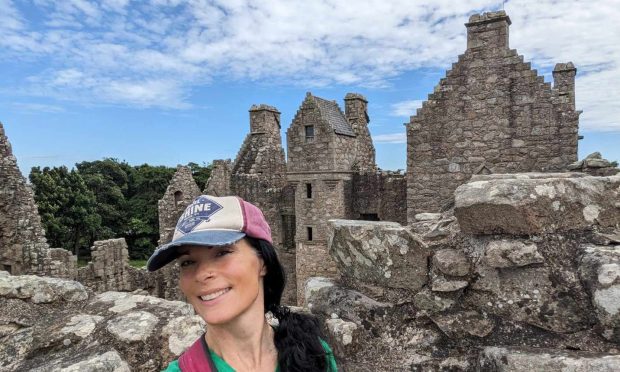
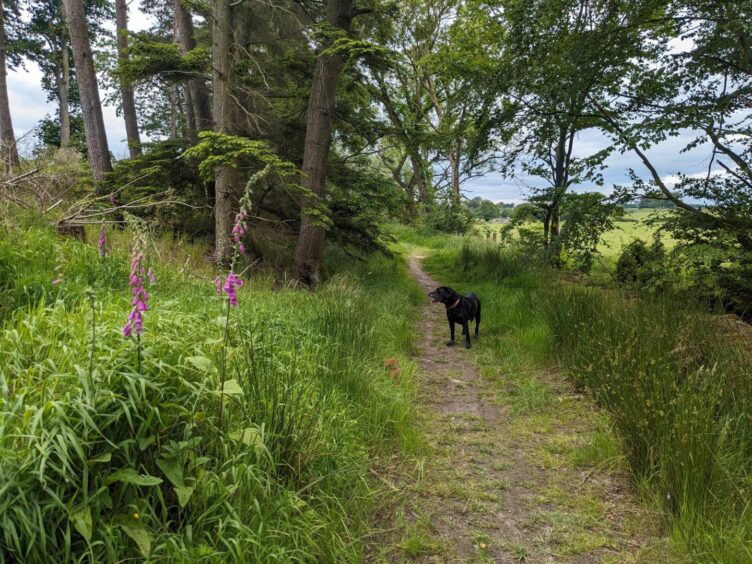
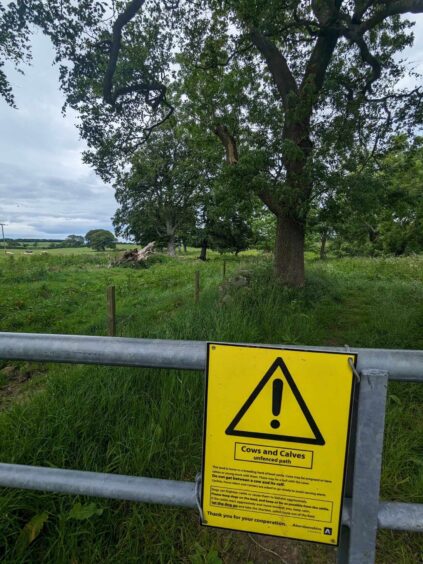
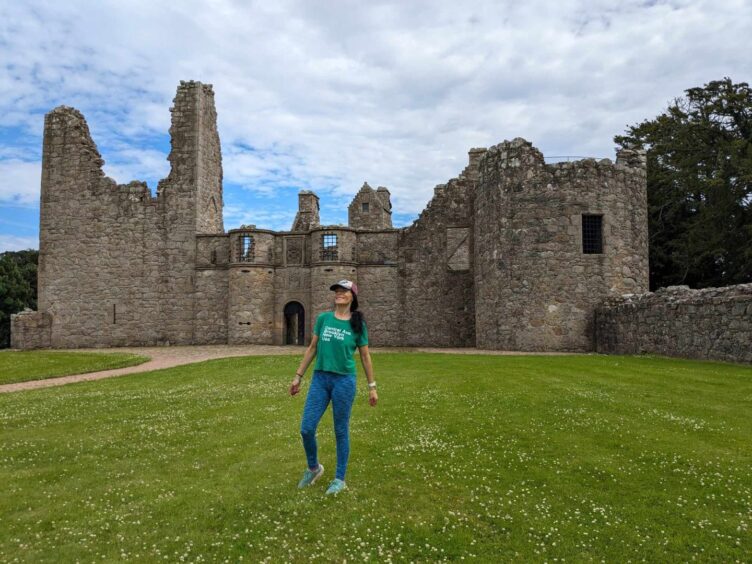
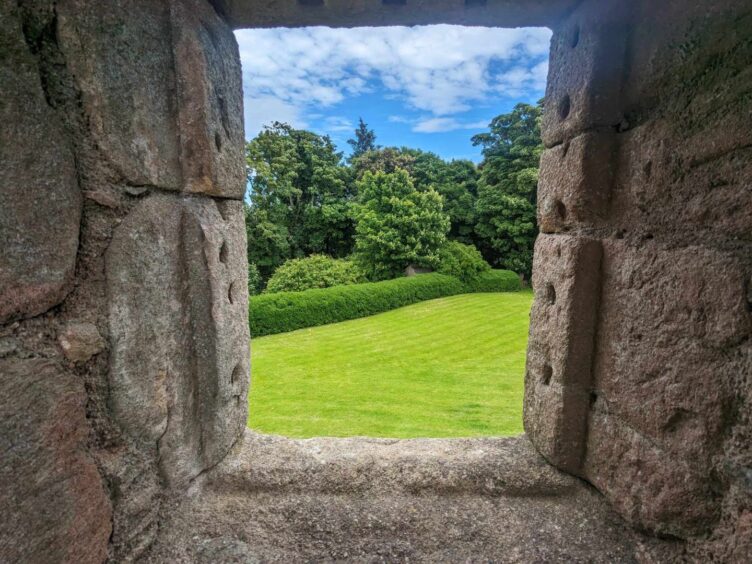
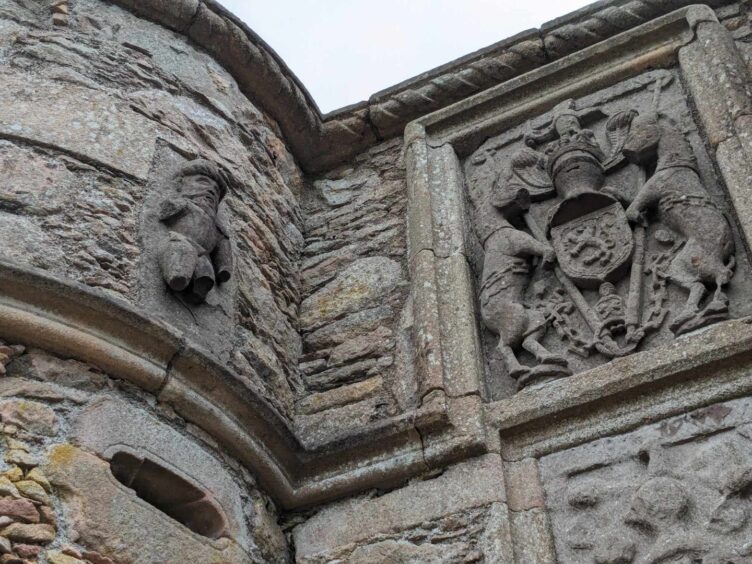
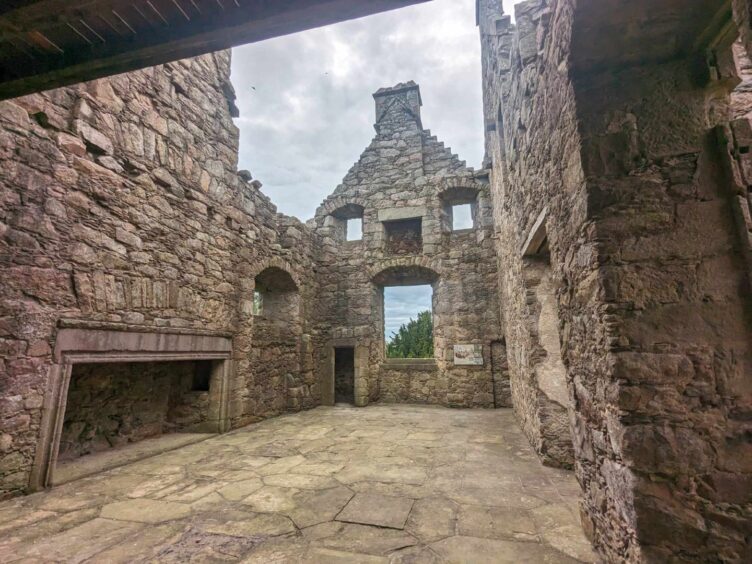
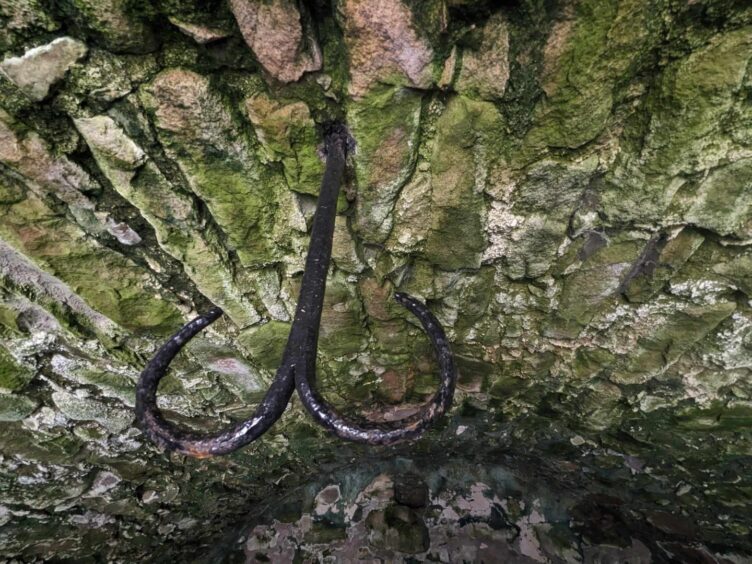
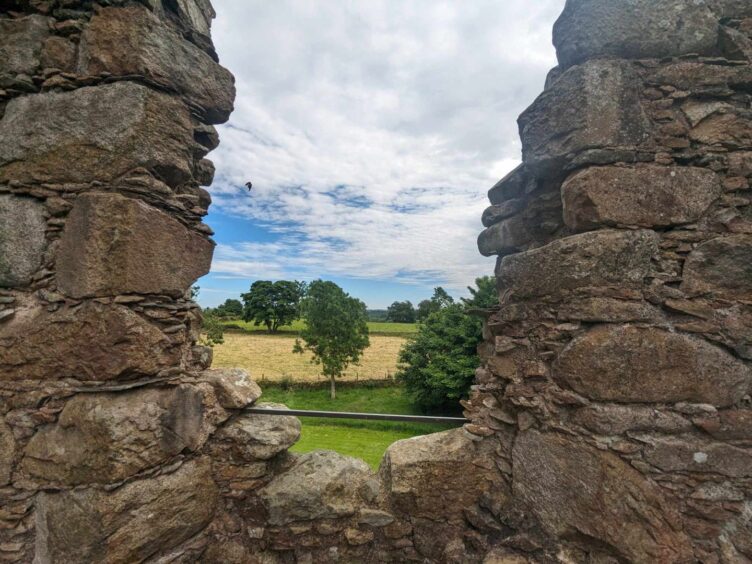
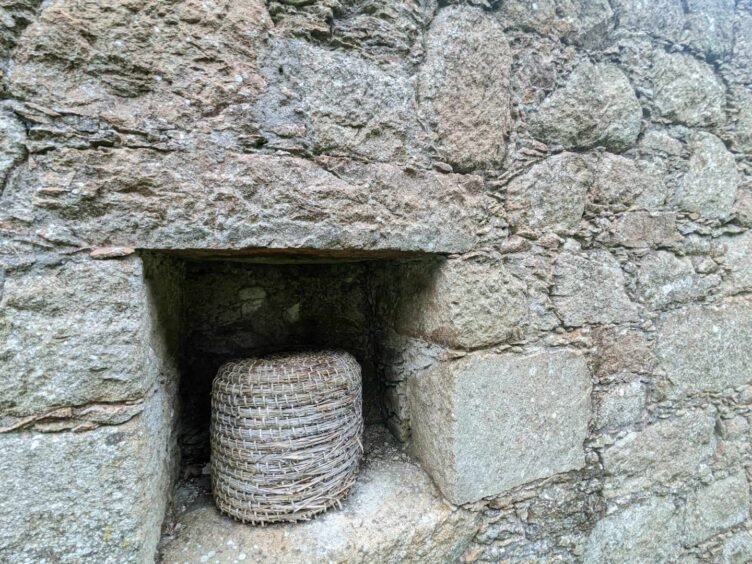
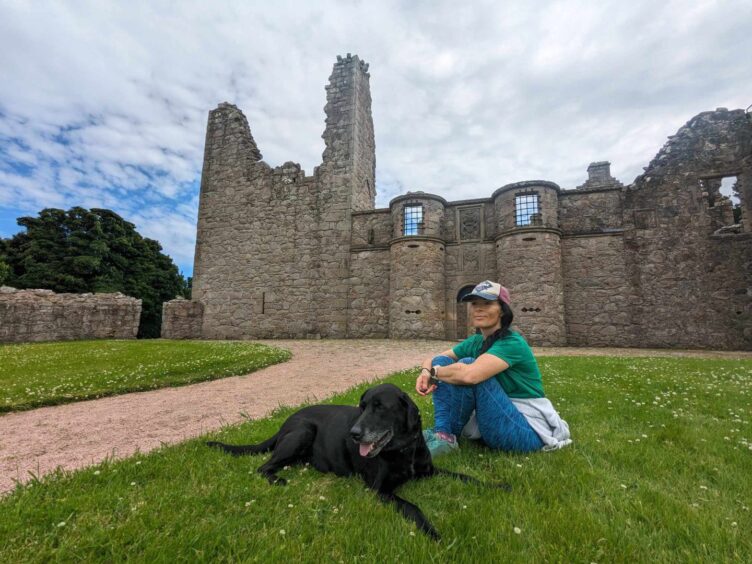
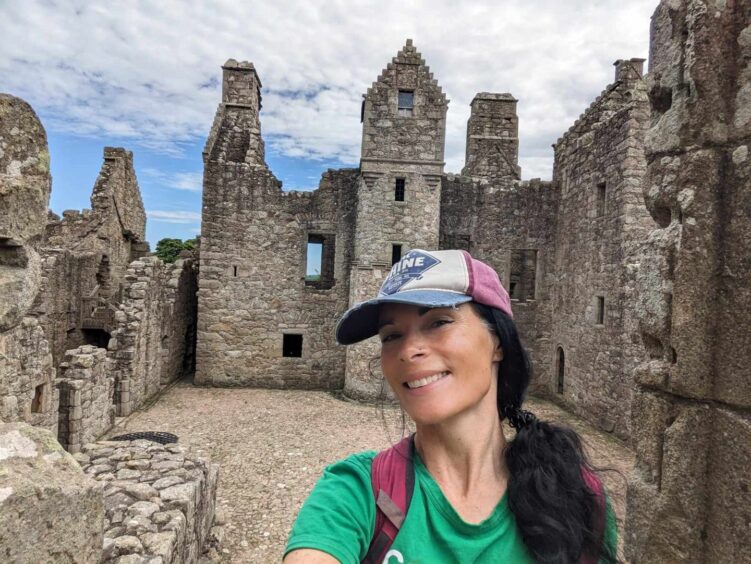
Conversation